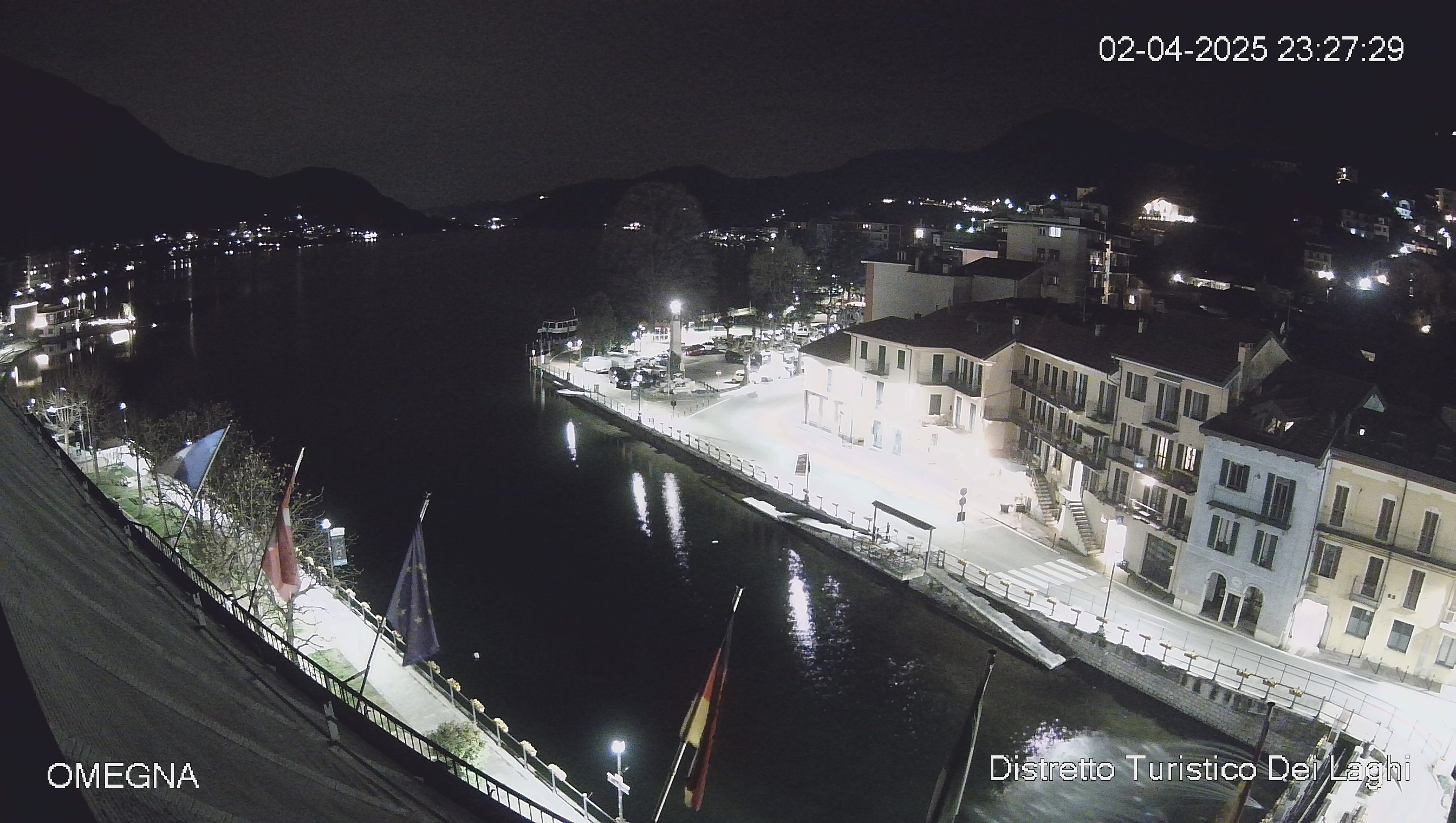Sanctuary of Madonna del Sasso
The complex, consisting of the church, bell tower and hermit house, was built in the first half of the 18th century on a rocky outcrop that provides an exceptional vantage point from which to embrace, at a glance, the entire Lake Orta and the mountains of the eastern riviera.
History
For centuries the white granite rock on which the sanctuary stands was used as a cutting stone.
Here, at the foot of Mount Avigno, originally stood a chapel dedicated to Our Lady of Sorrows, probably dating back to the 16th century. In the square, known as 'the meadow of the cloth', it was customary for the women of the village to bleach their homemade cloth during hot, sunny days.
As a result of the many graces that occurred, the fame of the place grew and a first church was built in place of the small chapel, which, in a niche in the sacristy, housed a statuette of Our Lady of the Rosary believed to be miraculous.
Today
The present complex was commissioned in 1706 by Pietro Paolo Minola from Boleto, who, following a grace received from the Virgin Mary, decided to have a new shrine built at his own expense to replace the previous one.
Work began around 1725, thanks also to the contribution of the inhabitants of Boleto. In 1748, the church was completed, while the bell tower and the house next to it were finished in 1760. The sanctuary was officially consecrated in 1771 by the Bishop of Novara.
The church has a Greek cross plan in Baroque style with two side altars; the architecture and frescoes are the work of the Valsesian painter-architect Lorenzo Peracino. The altarpiece, belonging to the old sanctuary, is a panel by the 16th-century painter Fermo Stella da Caravaggio, representing the Pietà.
In 1998, on the occasion of the 250th anniversary of its construction, the entire complex was completely restored.






